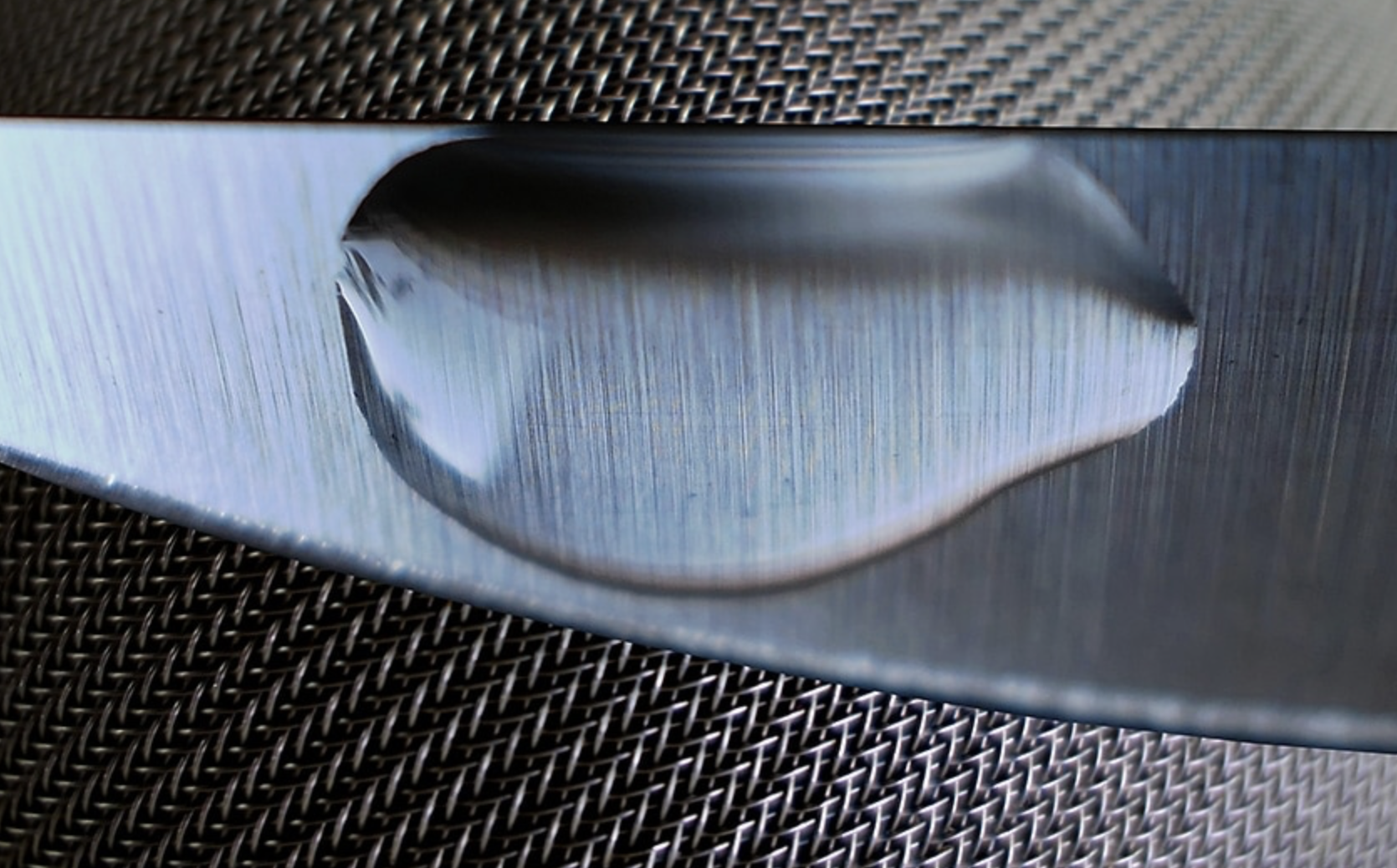Properties of aluminum
- Aluminum has extremely high thermal conductivity.
- It is a relatively soft metal and easy to process.
- When aluminum comes into contact with air, its outer layer oxidizes, providing protection against corrosion.
- Aluminum is a lightweight metal due to its low density.
- Due to its corrosion resistance, aluminum can be effectively used as a packaging material to protect both food and pharmaceuticals from environmental influences.
- Aluminum is utilized in the electronics industry due to its conductivity properties.
Why choosing aluminum adhesive?
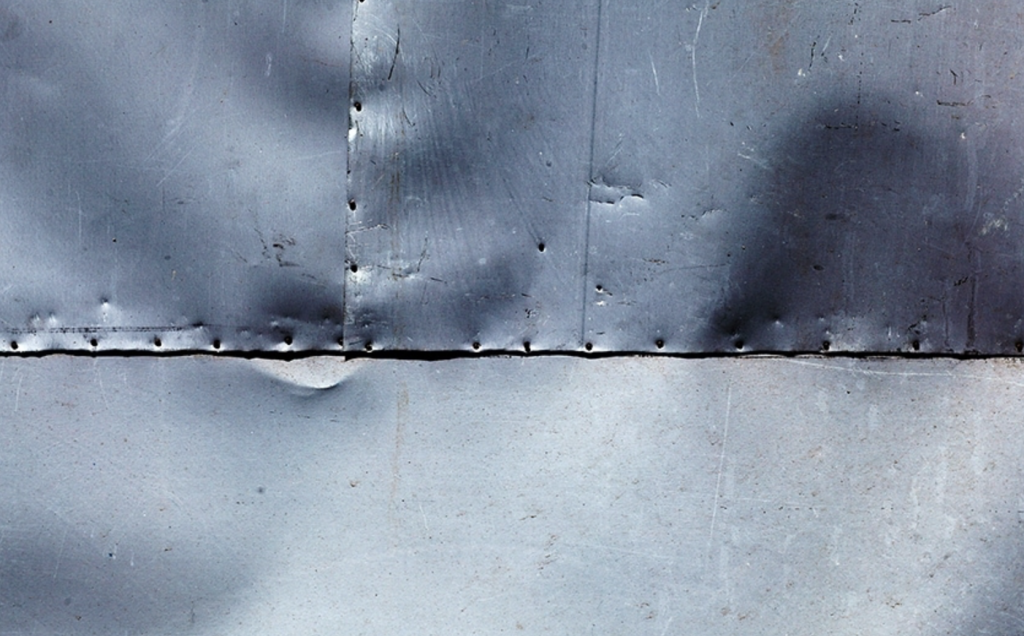
- Compatibility of Different Materials: Adhesive bonding allows for the joining of different materials.
- Wide Range of Building Materials: It offers a broader selection of construction materials.
- Continuous Joints: Provides continuous joints, enhancing structural integrity.
- Even Distribution of Stress: Distributes stress evenly across the bonded area, reducing the risk of weak points.
- Single-Sided Application: Adhesives can be applied on one side, simplifying the bonding process.
- Strong and Impact-Resistant Design: Creates robust and impact-resistant bonds.
- Fatigue Resistance: Offers good fatigue resistance, ensuring long-term durability.
- High Durability: Adhesive bonds typically have a long service life.
- Accommodation of Large Tolerances: Can accommodate large differences in component sizes during assembly.
- Sealing and Bonding Simultaneously: Can seal and bond simultaneously in one step.
- Smooth and Damage-Free Surface Finish: Provides a smooth and flawless surface finish without holes or surface damage.
- Corrosion Reduction: Reduces corrosion by filling gaps and ensuring a barrier between layers.
- Various Curing Options: Can be cured at room temperature with various curing options available.
- Noise and Vibration Reduction: Helps reduce noise and vibration transmission.
- Compatibility with Other Joining Methods: Can be combined with other joining methods.
- Easy Automation: Easily automated for production processes with relatively low investment costs.
- No Heat Requirement: Does not require heat during the bonding process.
Surface Preparation
Similar to any metal, surface preparation is necessary before bonding aluminum. However, simply sanding the aluminum surface is not sufficient because there is typically a layer of aluminum oxide on the surface.
If the aluminum oxide layer is not removed before applying the adhesive, the adhesive will bond to the oxide layer instead of the aluminum itself. This is the most common reason for adhesive failure on aluminum – the final oxide layer will eventually be removed from the aluminum surface.
To remove this aluminum oxide layer, the use of appropriate solvents is required, which also helps remove any lingering oils or grease on the aluminum surface. Any acetone- or isopropanol-based solvent can be used. Ensure that all solvents have evaporated before moving on to the next step. After wiping the surface with solvent, you will need to work relatively quickly. Aluminum readily reacts with air to form aluminum oxide.
Take a low-grit sandpaper, and only lightly sand the surface to remove any polishing compounds. This will increase the adhesive’s ability to penetrate the metal surface, significantly enhancing its effectiveness. The abrasive action of the sandpaper also helps remove any remaining aluminum oxide particles.
Adhering Aluminum to Wood, Concrete, and Other Materials
In addition to bonding aluminum to aluminum, aluminum adhesive can also join various other materials. You can bond aluminum to wood, stone, concrete, and plastic. For this purpose, aluminum epoxy, PU, or silicone adhesives are primarily used. The difference lies in the bonding:
For large areas, aluminum epoxy adhesive is preferred. For small areas, aluminum PU or PUR adhesives are suitable. When bonding different materials, ensure proper surface preparation to optimize adhesive bonding properties.
Wood must be carefully sanded to ensure good adhesion of the aluminum adhesive. Concrete, stone, if they have holes, must be patched and filled. Aluminum must be absolutely free from oil, grease, and dirt. If you want to bond aluminum to wood, you must know that wood, unlike aluminum, is an organic material that can change rapidly due to UV radiation or moisture. This is another reason why selecting the appropriate adhesive is crucial.
Bonding aluminum is no more difficult than bonding other materials. The most important aspect is proper surface preparation and selecting the appropriate aluminum adhesive. Whether the aluminum adhesive can withstand heat or not, you must refer to the adhesive’s technical specifications table
Bonding Aluminum to Aluminum
Advantages of using aluminum adhesive for aluminum bonding compared to traditional methods:
- Simple and quick application.
- Weight savings.
- No preparation and monitoring time required.
- Achieves higher strengths (compared to welding)

Bonding aluminum to aluminum can utilize acrylate, polyurethane, or epoxy adhesives. Importantly, before using the adhesive, it’s crucial to consult the manufacturer’s datasheet accompanying the product for detailed information on application, curing time, and other specifications. Points to note include:
- Parts being joined.
- Preparation of the adhesive.
- Sandpaper with 120 grit or sandblasting for larger aluminum sheets.
- Cleaning of oil, grease, and silicone.
- Non-woven fabric.
Bonding aluminum to wood
The top choices for bonding aluminum to wood include super glue, epoxy, and polyurethane adhesives. To use one of these adhesives, it’s important to know which one is better for time constraints and which one provides better long-term adhesion. Each type of adhesive is suitable for bonding aluminum to wood, but there are some minor preparation steps to help ensure a strong bond.
Super glue:
One of the fastest methods for bonding aluminum to wood is using super glue. Because the bonding is nearly instantaneous, there is very little time for repositioning multiple aluminum pieces on wood without waiting for post-treatment. It’s best to let super glue complete the curing process. Generally, using super glue is better for smaller pieces as larger ones may be more challenging to bond.
Surface preparation should be simple to ensure good adhesion of the aluminum piece. The wood surface may also need a bit of preparation if it’s porous and lightweight. During drying, the wood and aluminum pieces can shift, so it’s necessary to secure them in place throughout the waiting period for the super glue to fully dry.
Epoxy
In general, any type of two-part epoxy adhesive is perfect for bonding aluminum to wood. Different epoxy adhesive brands on the market have different curing times; however, epoxy adhesives that take longer to cure will provide better long-term adhesion. Very little preparation is needed for bonding aluminum and wood, and clamping may be required depending on the case.
If the wood piece is slightly bent, it’s better to choose a flexible epoxy to prevent cracking under bending conditions.
Polyurethane
One of the unique capabilities of polyurethane adhesive is that it provides a flexible bond between aluminum and wood surfaces. This is an excellent long-term bond recommended for both large and small aluminum pieces bonded to wood surfaces. Minimal preparation and clamping are needed to achieve proper bonding, but it’s more suitable for long-term bonding applications. This adhesive is somewhat sensitive to water and will react faster if there’s any moisture present in the wood pieces.
Purchase adhesive for bonding aluminum
Hitta specializes in supplying various types of specialized adhesives and tapes for both industrial and commercial sectors. Contact us for the most effective solutions at the lowest cost possible.
- ☎️ Hotline: 090.8611.011 (Mr. Dương).
- ✉️ Email: hittajsc@hitta.vn
-
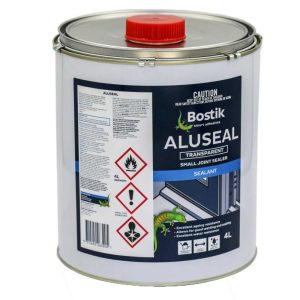 Adhesive for aluminum door corners, aluminum frame windows, aluminum flash doors | Bostik Aluseal
Adhesive for aluminum door corners, aluminum frame windows, aluminum flash doors | Bostik Aluseal -
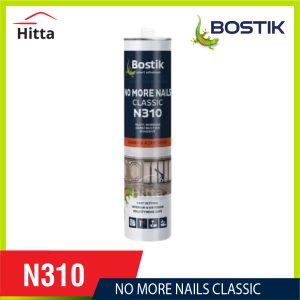 Bostik N310 Multi-Purpose Construction Adhesive
Bostik N310 Multi-Purpose Construction Adhesive -
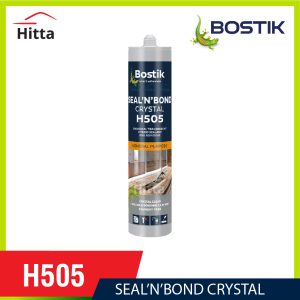 Bostik H505 – transparent sealant & adhesive
Bostik H505 – transparent sealant & adhesive -
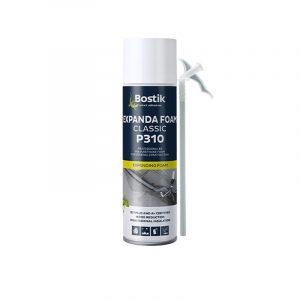 Bostik P310 – expanding foam adhesive for thermal insulation and sound reduction
Bostik P310 – expanding foam adhesive for thermal insulation and sound reduction -
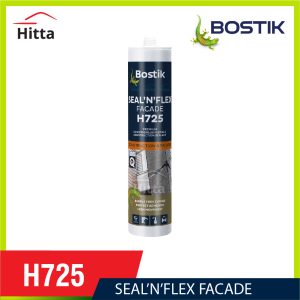 Bostik H725 hybrid adhesive designed for facade cladding and expansion joints
Bostik H725 hybrid adhesive designed for facade cladding and expansion joints -
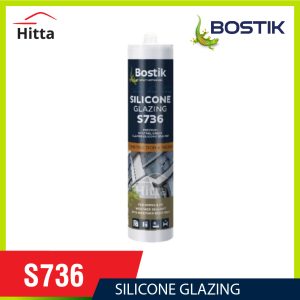 Bostik S736 Premium, Neutral Grade, High Modulus Silicone for Glazing & Facade Applications
Bostik S736 Premium, Neutral Grade, High Modulus Silicone for Glazing & Facade Applications -
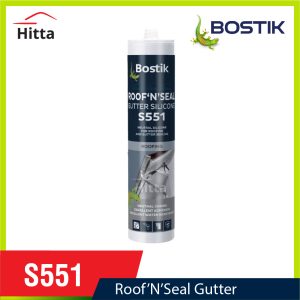 Bostik S551 – neutral silicone for gutters and roofs
Bostik S551 – neutral silicone for gutters and roofs -
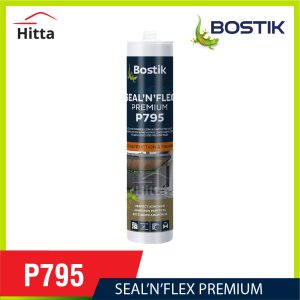 Bostik P795 – sealant for filling large gaps
Bostik P795 – sealant for filling large gaps -
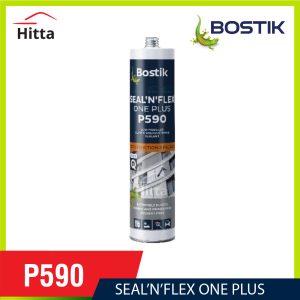 Bostik P590 – sealant for construction & expansion joints
Bostik P590 – sealant for construction & expansion joints -
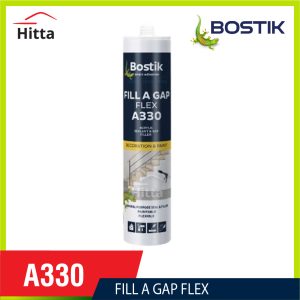 Bostik A330 FILL A GAP FLEX
Bostik A330 FILL A GAP FLEX -
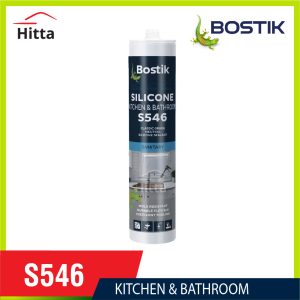 Bostik S546 Silicone – moisture resistance and waterproofing
Bostik S546 Silicone – moisture resistance and waterproofing -
 Bostik H360 hybrid sealant for construction & glass façade
Bostik H360 hybrid sealant for construction & glass façade -
 Bostik H785 – No more screws, Instant Adhesive
Bostik H785 – No more screws, Instant Adhesive -
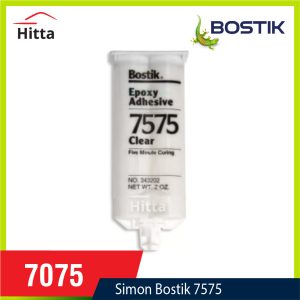 Bostik 7575
Bostik 7575 -
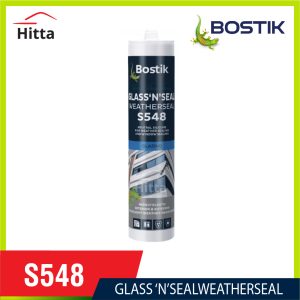 Bostik S548
Bostik S548 -
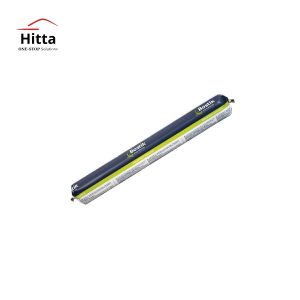 Bostik 7003
Bostik 7003 -
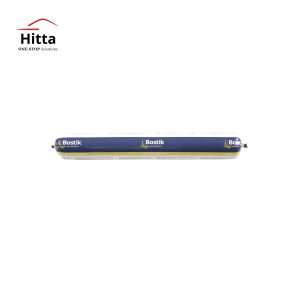 Bostik 7008
Bostik 7008

